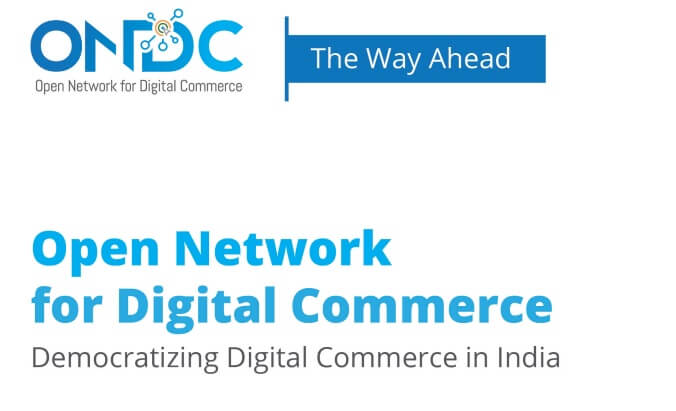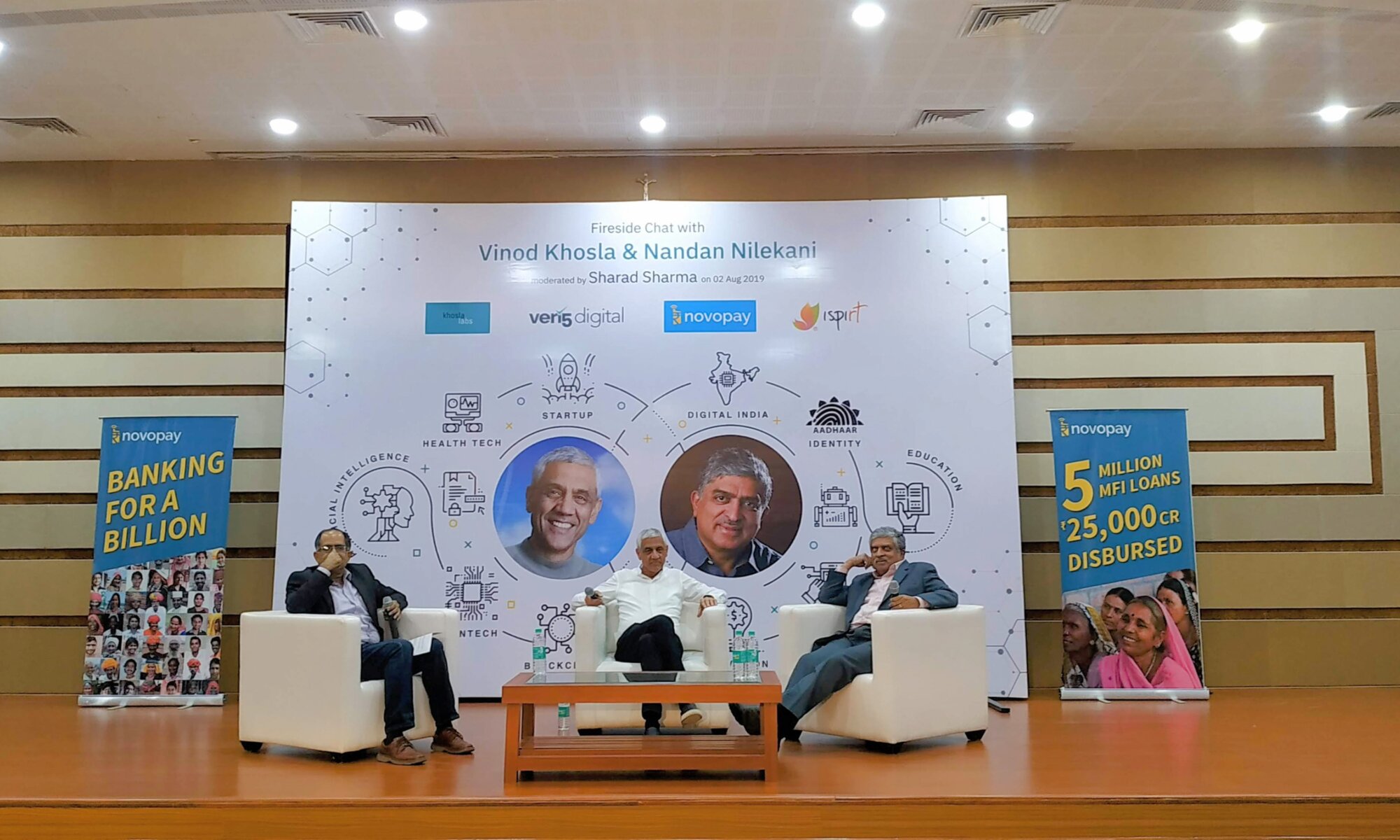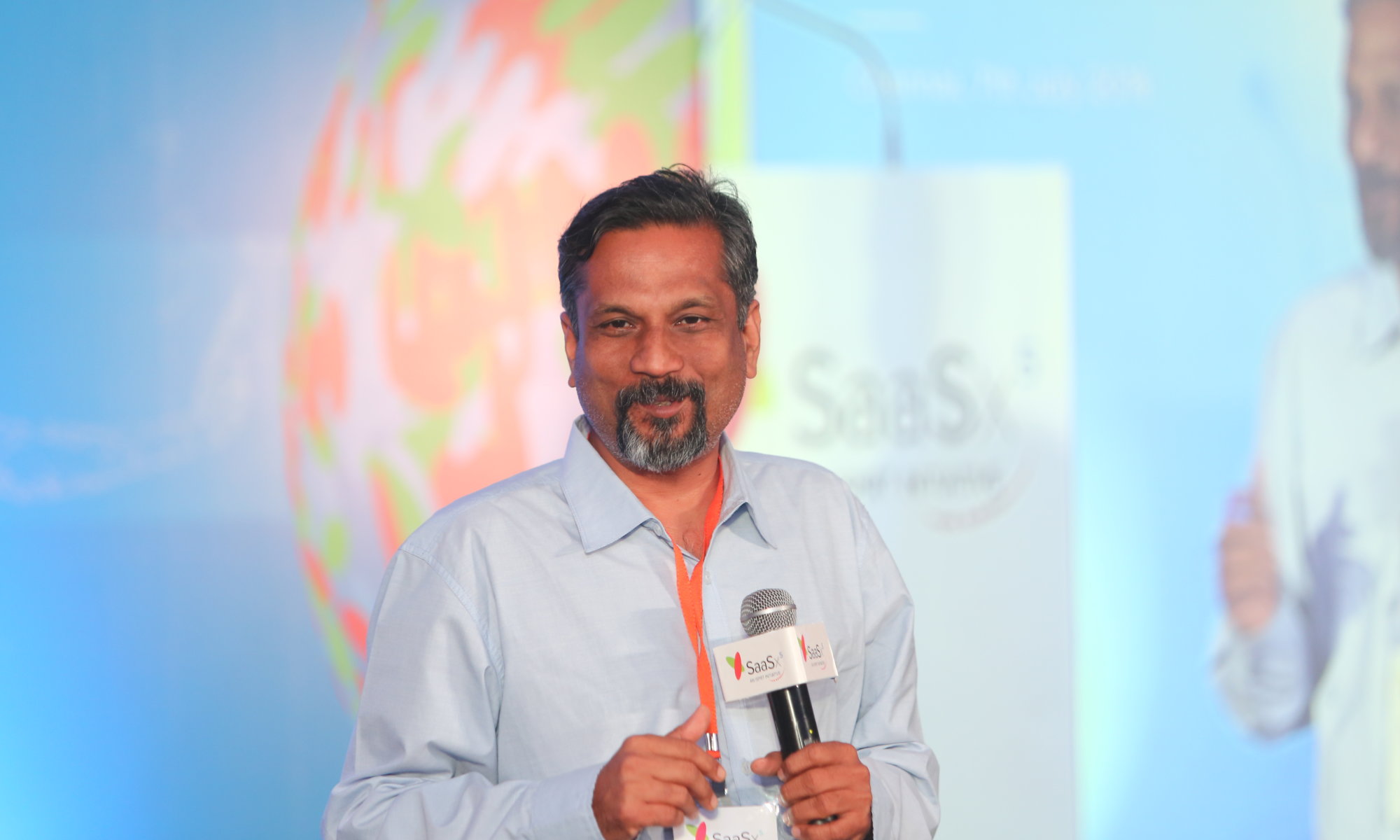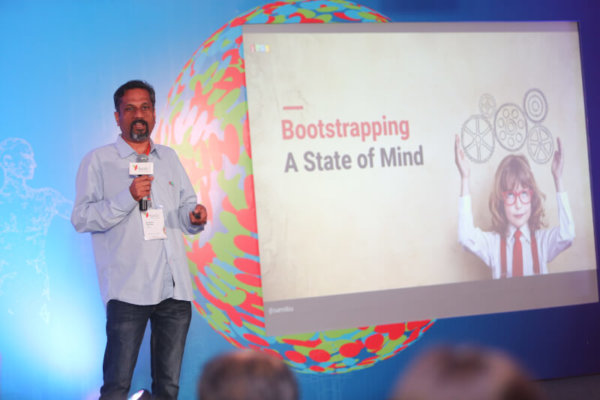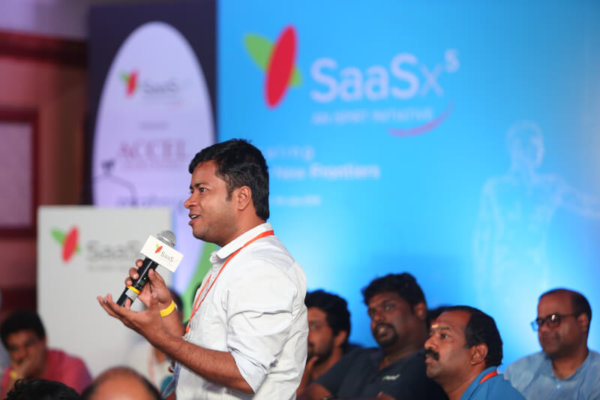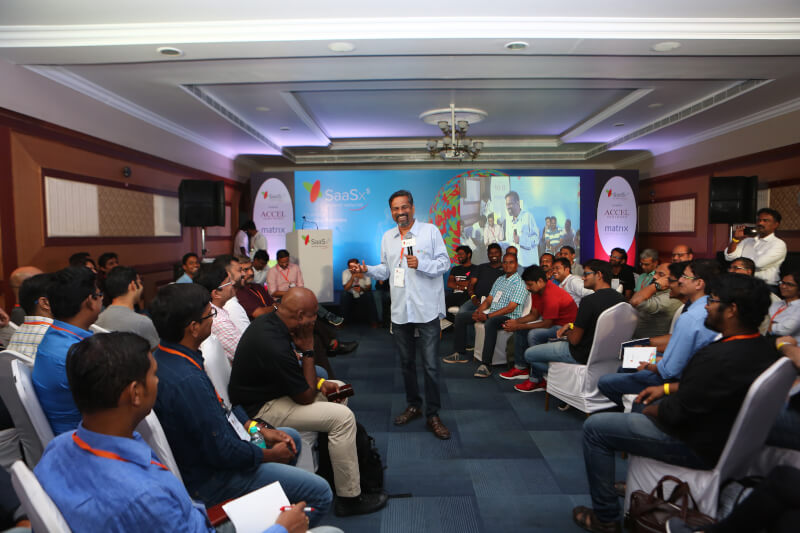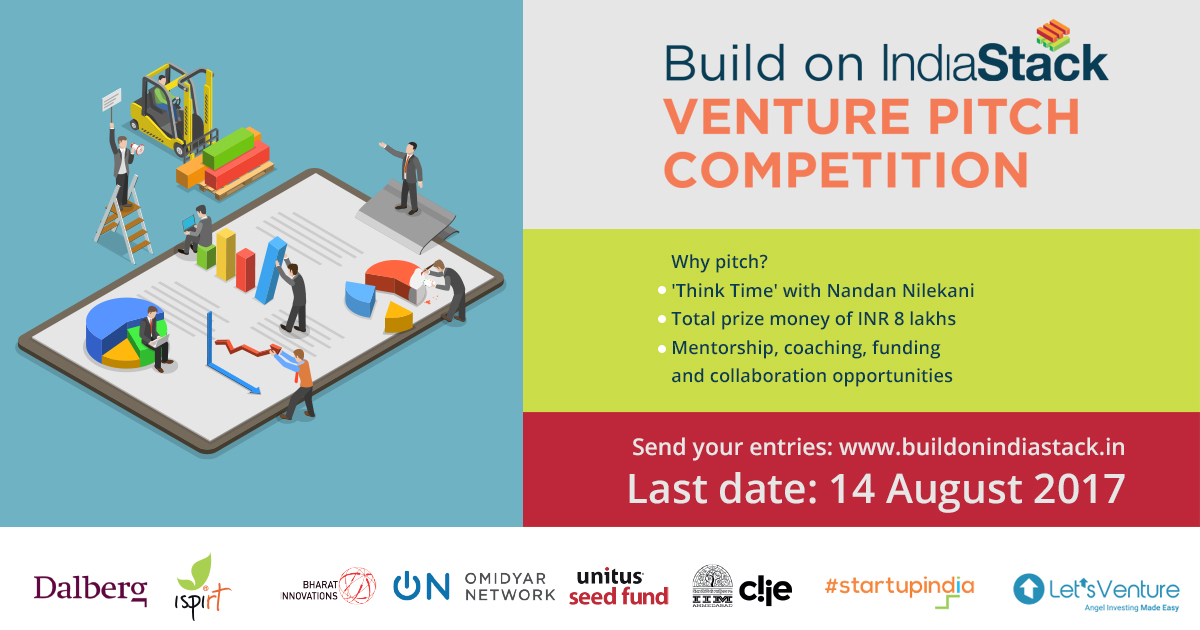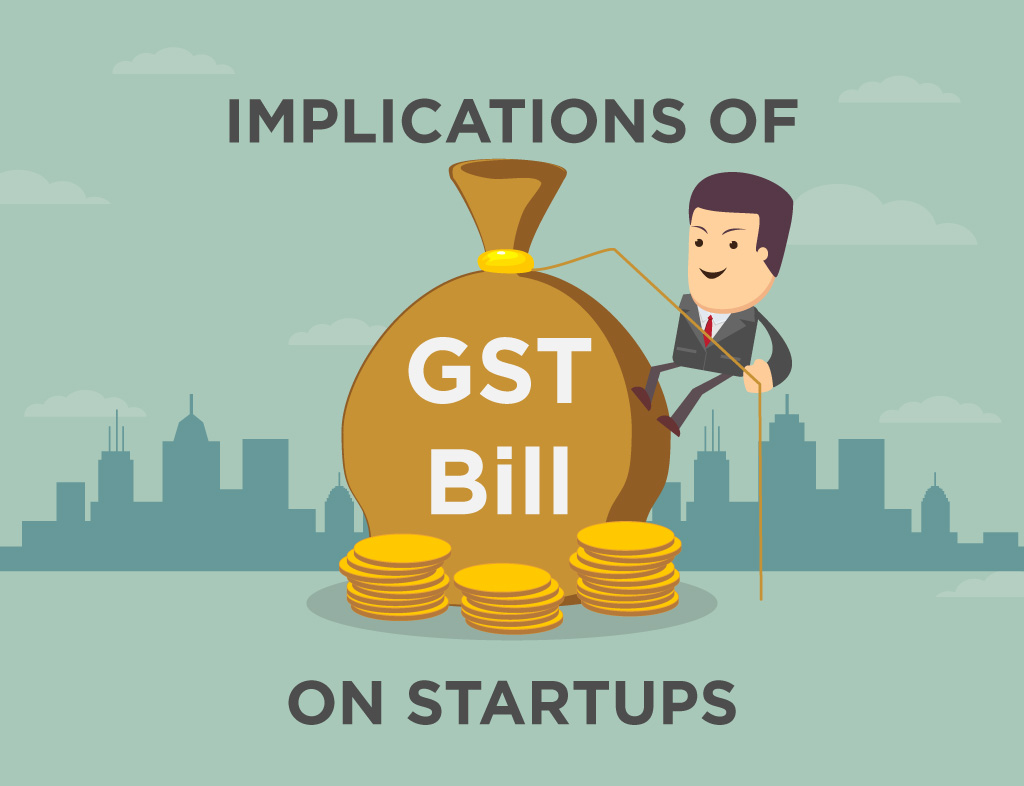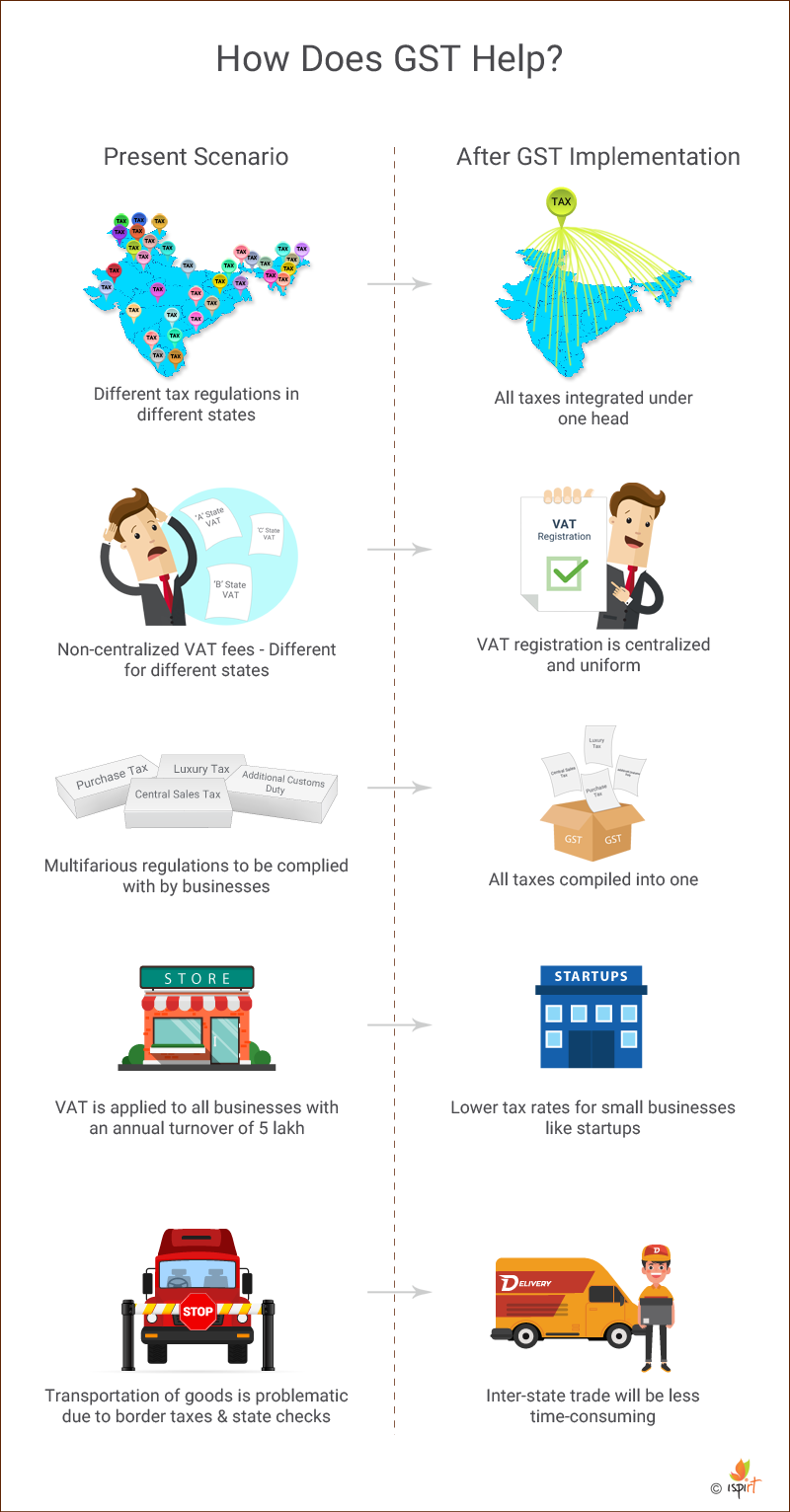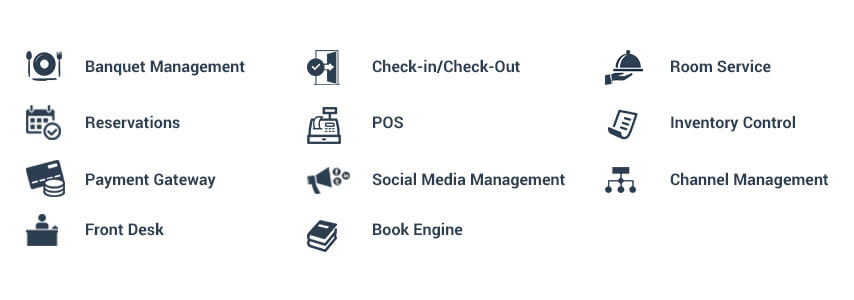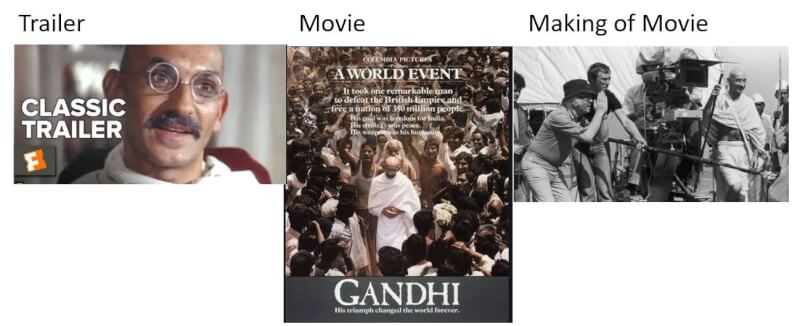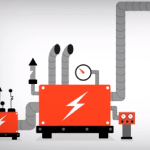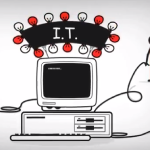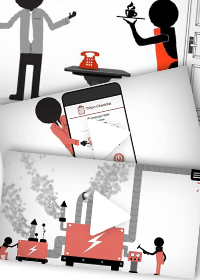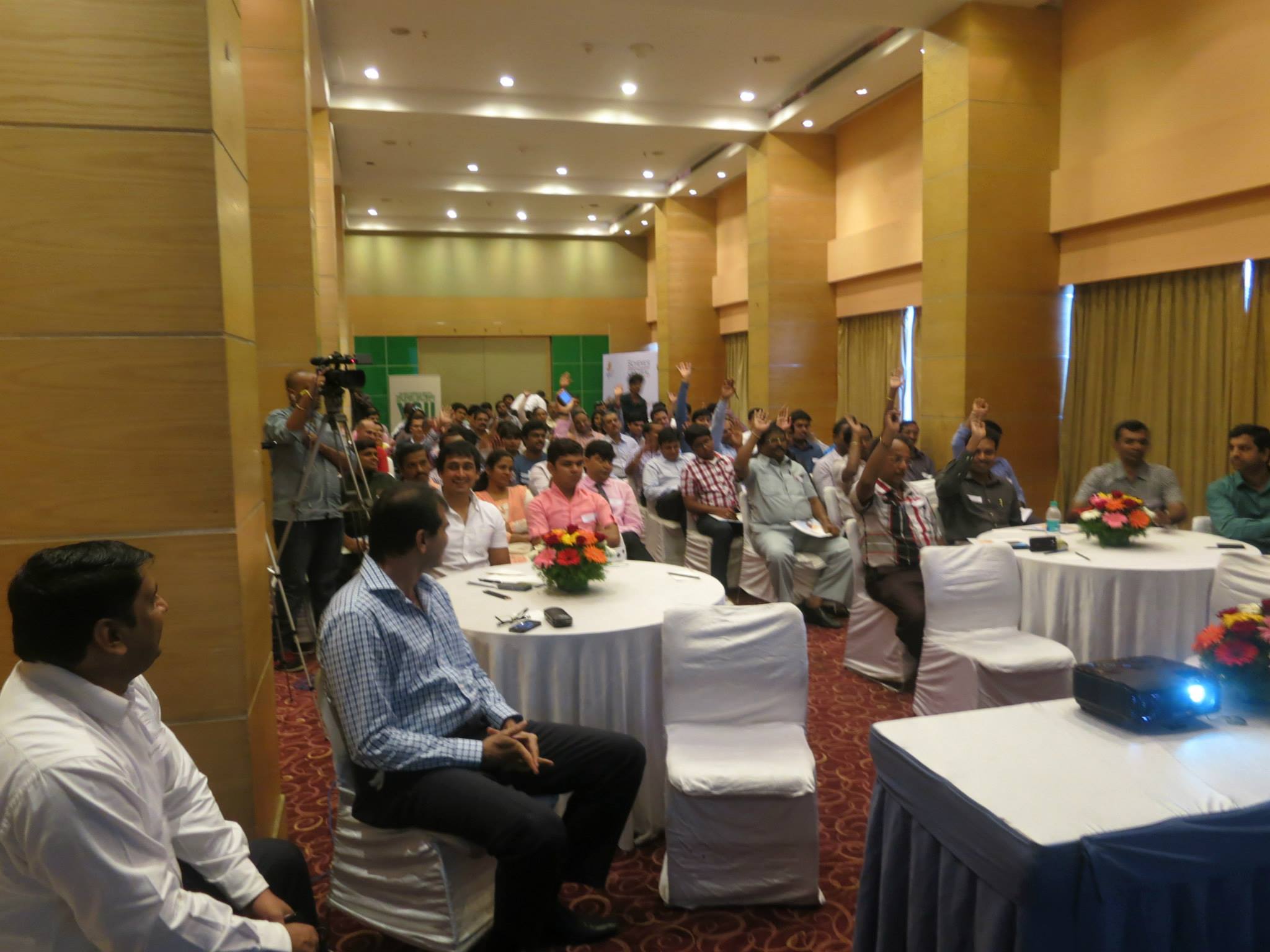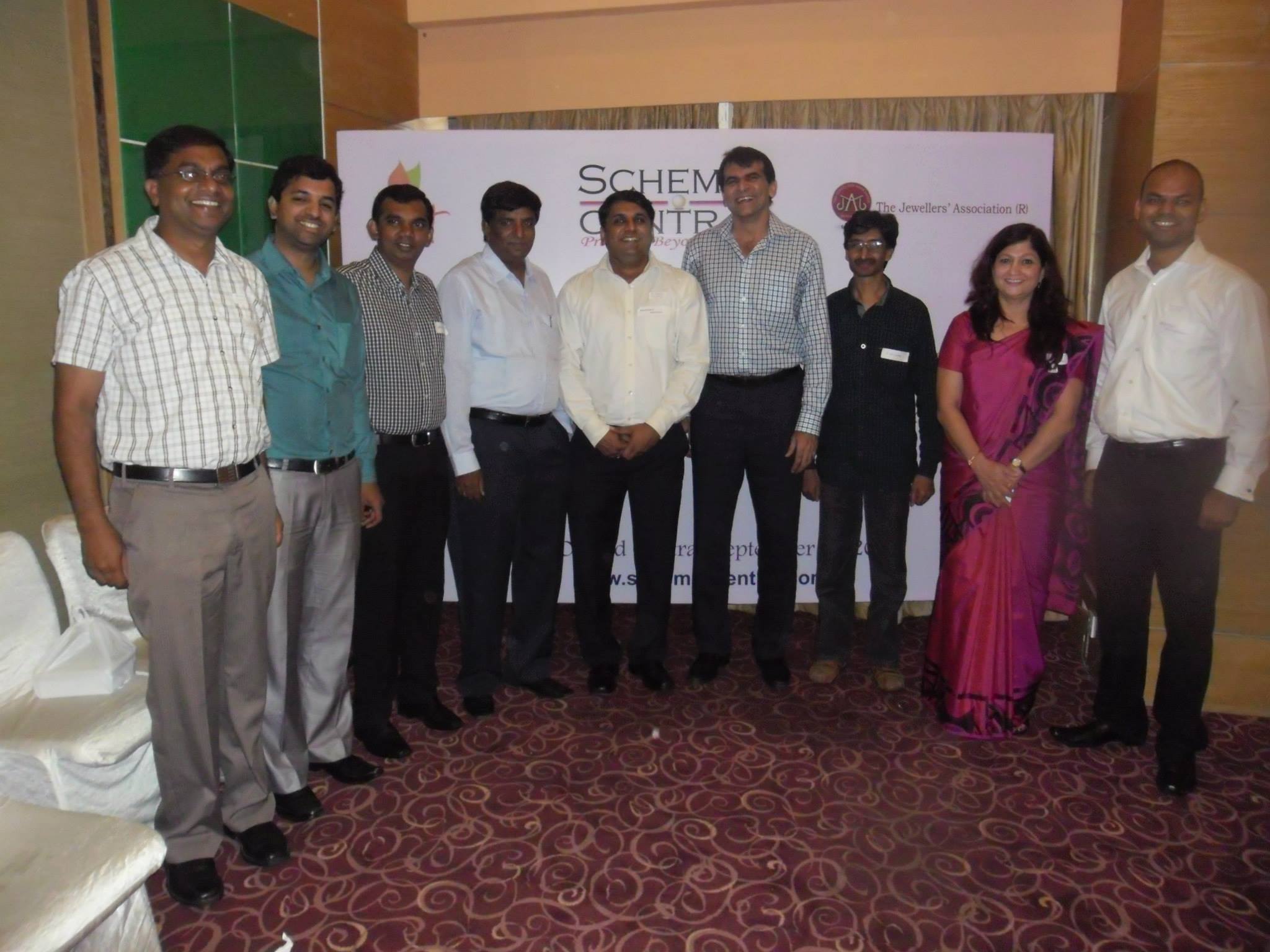If you have not come across ONDC – Open Network for Digital Commerce, its time you know about it and this post is to help better understand what problem it addresses, how it operates, and the value that it brings to consumers, businesses, retailers, existing e-commerce platforms and the state.
Problem statement
There are a number of pain points around current digital commerce:
- Its dominated by a few players e.g. Amazon, Flipkart, Zomato, MakeMyTrip, etc.
- Consumers have to go to multiple platforms to search and explore the products/services they would like
- Consumers are restricted to only a subset of products/services available on the platforms
- Consumers need to go to multiple places for different products/services
- Penetration is not widespread across the country and small towns
- Small businesses are not able to participate and sell in the digital commerce space
Solution
Open Network for Digital Commerce is a network of e-commerce. It is a network-centric model where, so long as platforms/applications are connected to this open network, buyers and sellers can transact irrespective of the platforms/applications they use. It’s like “UPI of e-commerce”
Source: ONDC.org
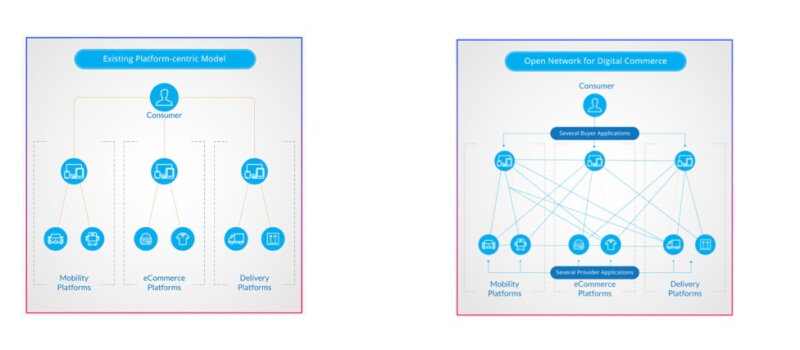
ONDC works on 3 important use cases to solve the problems, which explained very well by ThinkSchool
Discoverability – allows you to discover products across different platforms using a common catalog
Interoperability – where you can combine multiple platforms to accomplish different services e.g. product with delivery, services with payments etc.
Price comparison – allows you to compare prices across these platforms e.g. ticket prices across different ticketing platforms.
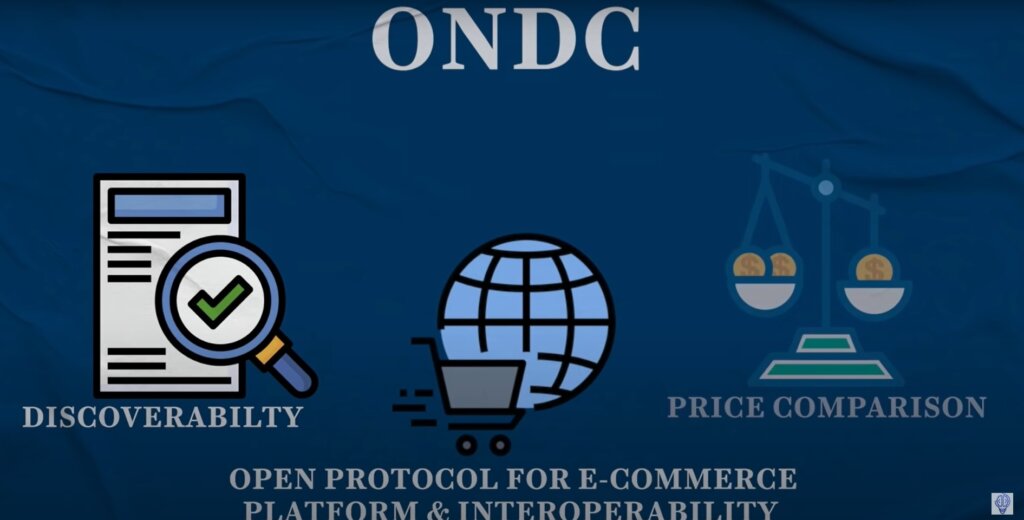
How does it work?
Through an open protocol network, various selling /buying apps such as flipkart, dunzo, airtel, paytm will connect to the network and the consumer will be able to access the product/services through any of the apps.
You can either connect to the buyer network or seller network. One of the important aspects of ONDC is to standardize the product/services catalog so that consumers get a common experience. All the technical specifications are available here
Role of ONDC
ONDC will play three roles as laid out by their CEO
Development – Build and sustain the network with cutting-edge tech and facilitation widespread participation of ecosystem players
Network Management – Establish a code of conduct for the network, with policies and rules for the network
Service Delivery – Foundation services for operations of the network e.g. registry, certification, grievances redressal
Value for stakeholders
Consumers – amazing way to explore and get the best product/services across platforms, sellers
eCommerce Companies – Gets a wide reach with Govt. backing to get to a large user footprint, make them more competitive
Small Businesses – Gets them to sell products and services across the country, without having to be associated with a single platform
Government – Accomplish the mission of connecting India digitally and enhancing the economy significantly
Challenges
This is a massive and ambitious project, balancing of different stakeholders is going to be huge, as well as connecting all of them. Also ensuring the quality of service is going to be a big factor, as the trust factor of the platform plays a big role in deciding where to buy.
But given the Government backing and really smart think tank behind this, these challenges may likely be overcome.
Key Takeaway
ONDC looks to be a huge potential and another game changer for an Atmanirbhar Bharat.
More Resources


